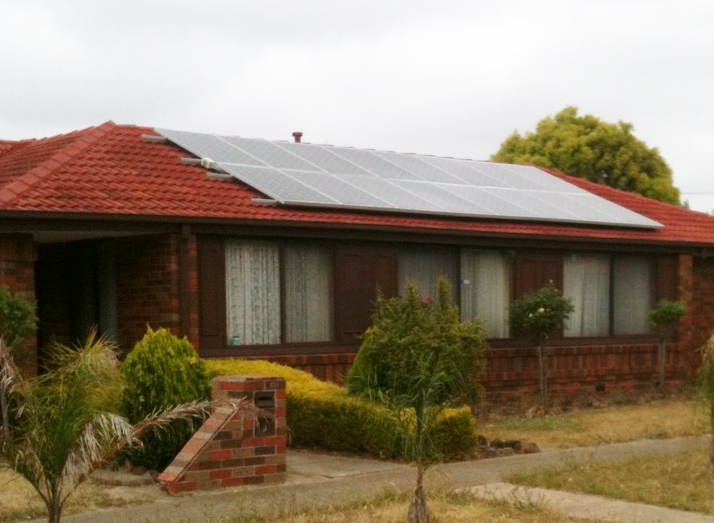Downsizing to a smaller new house for your retirement? Don’t forget to think about solar power.
Last week I revised a post ‘Solar Power is it Worth It?‘ but if you are approaching retirement, like me, there can be an even bigger financial advantage in having solar installed.
Differing Lifestyle
Because we are both out at work during the weeks I calculated that with a 1.5kw system costing around $3,000 panels we will save:
- Weekdays $1.09
- Weekends $1.40
See the original post to see how I arrived at these figures
After retirement its likely that our weekday usage patterns will be more like the weekends so our annual savings are expected to be 365 x $1.40 = $511.
Effect on Pension
I am assuming that you will have some money from superannuation, but not enough to mean you won’t be eligible for a state pension.
If you have more assets then the Government limits your pension. It will be reduced by $39 per annum for every extra thousand dollars. (Basically the government takes the interest)
Invest $3,000 in a solar power system and that becomes part of your house, which is excluded from the governments asset test. You will therefore be eligible for an extra $117 a year pension.
Summary
The expected benefit for your $3,000 investment is:
$511 + $117 = $628.
20.9% Return with a Payback of Under 5 years
I don’t know about you but i’m hoping to live a lot longer than 5 years beyond retirement!
For more about solar panels see Sustainability, Solar Power
To see an updated review see Cost / Benefits
